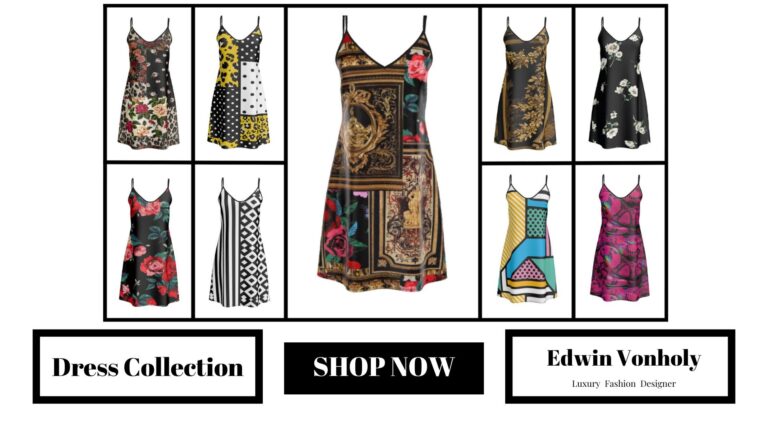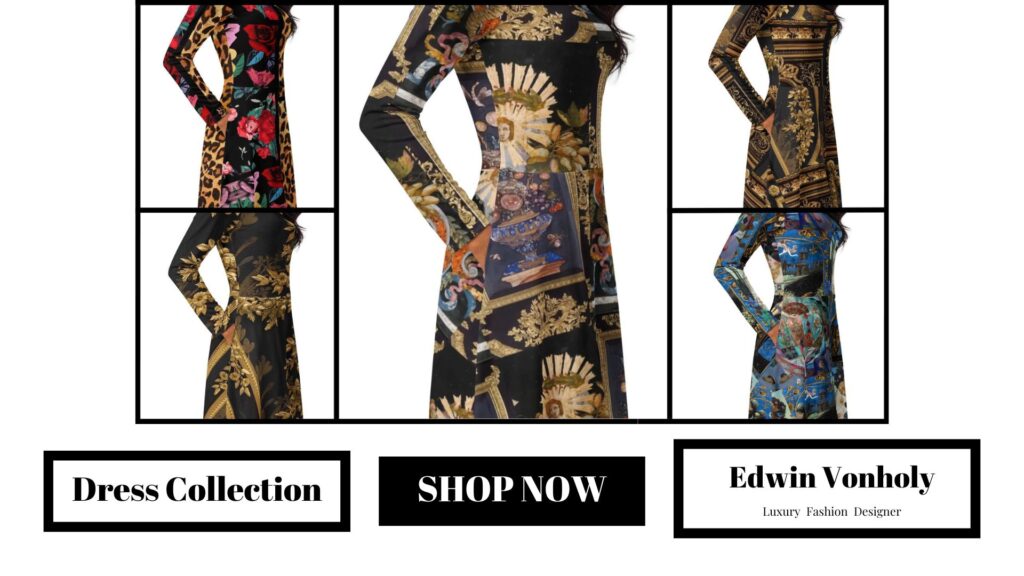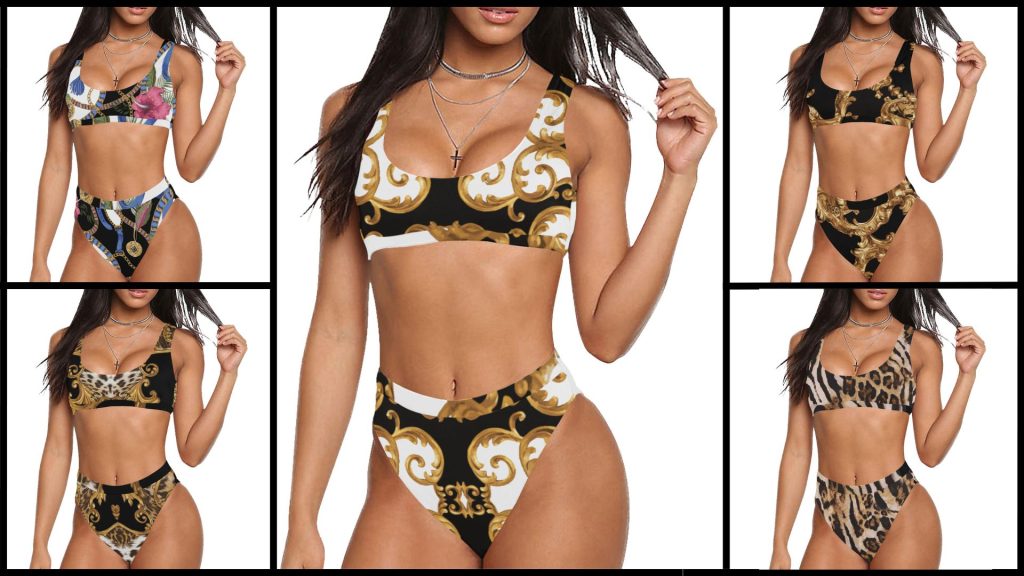The Ultimate Guide to Choosing the Perfect Petticoat for Any Outfit
When it comes to achieving the perfect look, the petticoat is often an unsung hero. This essential garment can transform an outfit, adding volume, structure, and shape to dresses, skirts, lehengas, and gowns. Choosing the right petticoat can be a game-changer, ensuring your outfit fits well and looks flattering. Whether you’re preparing for a special occasion or simply want to elevate your everyday wardrobe, this ultimate guide will help you select the perfect petticoat for any outfit.
1. What is a Petticoat and Why is it Important?
A petticoat is a type of undergarment typically worn beneath dresses or skirts to give them volume and structure. It’s designed to provide shape to your outfit, ensuring that the outer garment drapes properly and doesn’t cling to your body. Petticoats are particularly important for formal wear like lehengas, wedding dresses, and ball gowns, as they prevent the dress from becoming too flat or limp.
Key Benefits of Wearing a Petticoat:
Adds Volume: A petticoat helps create a fuller silhouette, making skirts and dresses look more voluminous and flattering.
Improves Fit: It helps dresses and skirts hang properly, preventing them from clinging to your legs or shifting awkwardly.
Provides Comfort: A petticoat can help avoid direct contact between your skin and the fabric of the dress, making it more comfortable to wear.
2. Types of Petticoats: Which One Suits Your Outfit?
Choosing the right type of petticoat depends on the outfit you’re wearing. There are several types of petticoats, each designed to complement specific styles and silhouettes. Let’s explore the most common types:
A-line Petticoat
Best for: Skirts, flowy dresses, lehengas.
Description: An A-line petticoat gradually flares out from the waist, creating a gentle cone shape. It’s perfect for dresses and skirts that require a subtle amount of volume but still retain a natural flow.
Circular Petticoat
Best for: Wedding gowns, ball gowns, lehengas with a lot of layers.
Description: A circular petticoat has a full circumference and provides maximum volume. It’s ideal for creating a dramatic, princess-like effect, especially in heavier fabrics like tulle or satin.
Fish-tail Petticoat
Best for: Fitted dresses, mermaid gowns, or lehengas.
Description: This type of petticoat is fitted around the waist and hips, flaring out at the bottom. It’s perfect for structured, figure-hugging outfits like mermaid-style gowns or lehengas that require a more defined, elegant shape.
Straight Petticoat
Best for: Casual outfits, simple lehengas, and skirts.
Description: A straight petticoat has a minimalistic design and provides a sleek, streamlined look. It adds just enough structure to prevent clothes from becoming too clingy, without adding much volume.
Layered Petticoat
Best for: Heavier skirts or lehengas with multiple layers.
Description: A layered petticoat consists of multiple fabric layers stacked on top of each other, offering a high amount of volume. It’s ideal for creating a full, dramatic look when you want extra poof and body in your outfit.
3. Fabric Choices: How to Pick the Right Fabric for Your Petticoat
The fabric of your petticoat plays a crucial role in determining how much structure and volume it provides. Choosing the right material will ensure your petticoat complements your outfit, making it look perfect from all angles.
Common Petticoat Fabrics:
Cotton: Ideal for everyday wear and casual dresses. Cotton petticoats are breathable, comfortable, and soft, providing light structure without too much volume.
Satin: Best for heavier dresses, such as ball gowns or bridal lehengas. Satin gives your outfit a luxurious, smooth finish and provides substantial volume.
Tulle: Commonly used for creating volume in wedding gowns and lehengas, tulle is lightweight, sheer, and adds a fairy-tale-like fluff to your outfit.
Organza: This fabric is lightweight and adds volume without being as heavy as tulle. It’s often used in more formal dresses and lehengas to add soft fullness and shape.
Silk: Silk petticoats are elegant and smooth, providing a refined and subtle amount of volume. Ideal for formal and semi-formal dresses, they offer a smooth, seamless fit.
4. Length Matters: How to Choose the Right Petticoat Length
The length of your petticoat is essential to ensure that it fits well under your dress or skirt. Choosing the right length helps the outfit hang properly and prevents any awkward bulges or unevenness.
How to Determine the Right Length:
For Long Dresses and Gowns: If you’re wearing a full-length dress or gown, make sure your petticoat reaches just below the hemline. This will ensure that the dress flows naturally without the petticoat peeking out from underneath.
For Knee-Length Dresses or Skirts: A shorter petticoat that stops at or just above the knee is ideal for mid-length dresses. This will ensure the volume is evenly distributed without excess fabric that may show at the hem.
For Ankle-Length Outfits: If you’re wearing an outfit with a more traditional or ankle-length cut, select a petticoat that extends just enough to create volume without dragging on the floor.
5. Choosing the Right Petticoat for Specific Outfits
Different types of dresses or skirts require different kinds of petticoats. Let’s take a closer look at how to choose the right petticoat for some specific outfits.
For Lehengas:
Lehengas often require a voluminous petticoat to support the heavy fabric and add a graceful flare. A circular or layered petticoat is ideal for lehengas to give them the required fullness. Choose one made from satin or silk for a smooth finish.
For Wedding Gowns:
For wedding gowns, a circular petticoat made from tulle or organza is perfect. The volume of the petticoat will help create a dramatic, flowing silhouette that enhances the gown’s beauty and structure.
For Casual Dresses:
For casual or everyday dresses, a straight or A-line petticoat is a great choice. Opt for a cotton petticoat for comfort, breathability, and a subtle touch of volume.
For Skirts:
A simple straight petticoat works best for skirts that require minimal structure. If you’re looking for a fuller, more voluminous skirt, a layered or A-line petticoat will provide the desired shape.
6. Petticoat Maintenance: Tips to Keep Your Petticoat in Top Shape
A well-maintained petticoat ensures that it lasts longer and continues to provide support to your outfits. Here are some essential tips for caring for your petticoat:
Washing and Drying:
Always check the care label before washing your petticoat. Most cotton petticoats can be machine washed, while silk and satin ones may require dry cleaning.
Hand wash delicate petticoats or use the delicate cycle in a washing machine.
Hang petticoats to dry, as they can lose their shape if placed in a dryer.
Storage:
Store your petticoat in a cool, dry place. Avoid storing it in direct sunlight, as this can cause fabrics like silk to fade.
Hang your petticoat in a garment bag or on a hanger to prevent creases and ensure it retains its shape.
7. Conclusion: The Perfect Petticoat for Every Occasion
The perfect petticoat is more than just an undergarment—it’s an essential piece that adds structure, volume, and elegance to your outfits. By considering factors like fabric, length, and type, you can choose the ideal petticoat for any occasion. Whether you’re wearing a lehenga, wedding gown, or casual dress, a well-chosen petticoat will enhance your outfit, ensuring that you look your best with every step you take.






